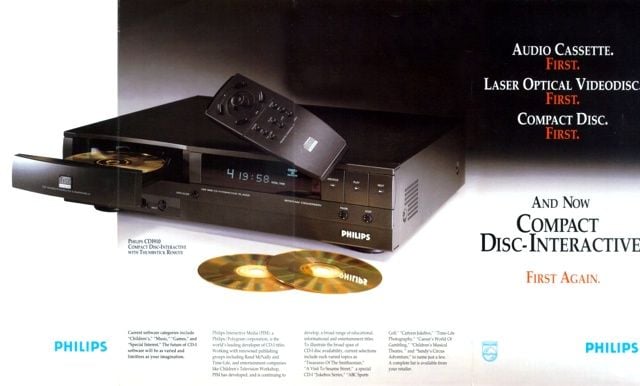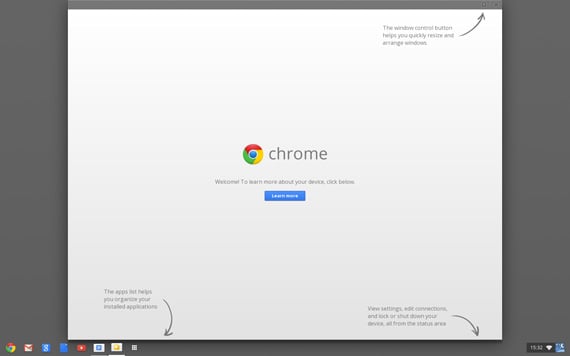This article is more than 1 year old
Ten technology FAILS
Tech that might have revolutionised your life but you have now completely forgotten
Video CD
Without the Video CD, would there have been the DVD? Probably, but Video CD was the first attempt to deliver sell-through video on an 12cm laser-scanned optical disc. Devised in 1993 by Sony, Philips, Matsushita and JVC as a way of cramming video content onto CDs, which had originally been devised solely for audio information. And credit where it’s due, they got it to work. Just not very well. The MPEG encoding system available was only able to deliver VHS-quality pictures and they were often packed with motion and compression artefacts. With only 800-odd megabytes of storage capacity per disc, longer movies needed to be split over multiple discs. But even had Video CD been able to hold more, DVD’s arrival at the end of the decade after a mid-decade debut with almost-broadcast quality standard definition imagery did for it. With DVD coming, few content companies were keen to support Video CD and, for the same image quality, you could get VHS recordings, which were cheaper. Since then, Video CD has become popular in Asia, but in the West it never amounted to much.

Philips' CD-i, a Video CD rebrand (and a fail too)
Webtops
Back in the late 1990s, the world became obsessed with the web and how it might change shopping, media consumption and even how we interact with computers. Over-eager investors led to the first dotcom crash, but while e-commerce survived and later thrived, as did digital media, another web ‘revolution’ disappeared, almost without a trace. I’m talking about the ‘webtop’, the notion that Windows, Mac OS, Solaris, Linux and all the other desktop operating systems would be replaced by front-ends to live web-based services, apps and file-stores. Businesses could jump on the web bandwagon and could economise by buying cheaper, OS-less computers for their employees. But while some web apps, such as Salesforce, would go on to make waves, web-based desktops never did.

Webtop de nos jours: Google's Chrome OS
Yet the notion never quite died. Even now, Google hopes its Chrome OS webtop will win over punters who can be certain they’re going to be online all the time and are happy to use apps and services delivered by a single vendor. May be they will, but at the time of the webtops, they certainly weren’t. ®
